In today’s digital age, there’s a heartwarming trend sweeping across the world: colorizing old photos. People everywhere are rediscovering the magic of yesteryears by adding vivid hues to cherished black-and-white snapshots. It’s more than just a fad; it’s a way to breathe new life into treasured memories. It’s a way of keeping them alive for generations to come.
In this article, you’ll learn how to add color to black-and-white photos using simple techniques. Get ready to embark on a journey of nostalgia. Unlock the secrets to colorize the photos and bring the past to vibrant life!
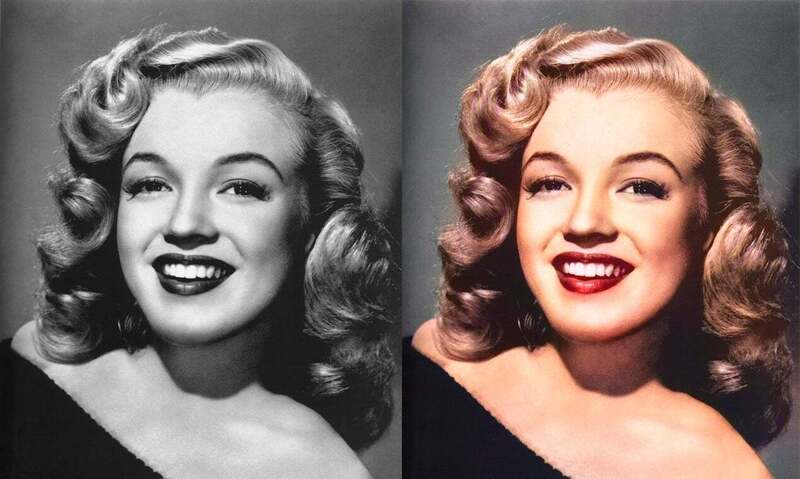
In this article
Part I. Advantages and Challenges of Colorizing Old Photos
Colorization breathes new life into old black-and-white photos, transforming them from faded memories into vibrant snapshots of the past. It’s more than just adding color; it’s about preserving history for future generations to cherish.
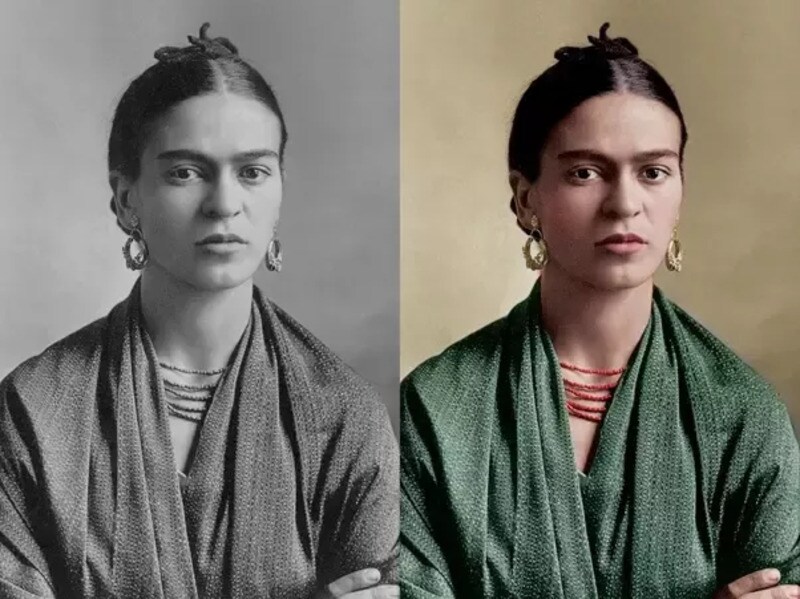
Advantages
Here are the benefits of adding color to black-and-white photos:
Challenges
Beyond the upsides of recoloring old photos, it also entails several challenges. Check them out below:
Despite these challenges, the advantages of colorizing old photos far outweigh the drawbacks. It’s a powerful tool for preserving and sharing history, allowing you to experience the past in a new light.
Part II: Colorize Old Photos: Manual vs. Digital Methods
This section compares two distinct photo colorization methods: manual and digital. While both approaches aim to breathe new life into black-and-white memories, they differ significantly in technique and execution. By the end of this discussion, you’ll better know about the pros and cons of each method and be equipped to choose the best approach for you.
A. Manual Photo Colorization
Manual colorization involves hand-coloring or painting directly onto black and white photos. This traditional method requires precision and patience but can yield stunning results. Artists carefully apply colors using brushes and paints, adding depth and detail to each element in the photo.
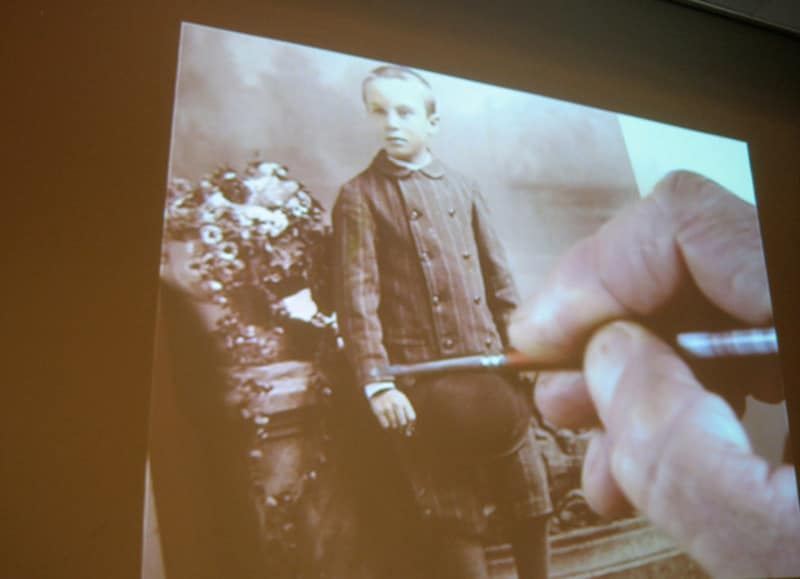
B. Digital Photo Colorization
In contrast, digital colorization offers a more accessible and efficient approach. Users can easily add color to black-and-white photos with just a few clicks using photo editing software and apps. These digital tools provide a wide range of features, including color selection, brush adjustments, and layering options, making the process much simpler and faster.

C. Comparison of Manual vs. Digital Methods
Manual colorization techniques require artistic skill and can be time-consuming. While they offer a hands-on approach and a unique aesthetic, they may not be suitable for everyone due to the steep learning curve and the need for specialized materials.
On the other hand, digital colorization methods are user-friendly and versatile for recoloring old photos. They allow for precise color adjustments and offer significant effects to enhance the overall look of the photo. Additionally, digital tools provide the flexibility to undo mistakes and experiment with different color palettes, making them ideal for beginners and experienced users.
Pros and Cons Recap
- Manual methods offer a personal touch and artistic freedom but require more time and effort.
- Digital methods are quicker and more accessible but may lack the authenticity of hand-coloring.
While both manual and digital methods have their merits, opting for the digital approach is highly recommended. With its ease of use and versatile features, digital colorization allows users to achieve professional-looking results with minimal effort. Whether you’re a seasoned artist or a novice enthusiast, digital tools provide the perfect solution for bringing vintage memories to life in vibrant color.
Part III: Choosing the Right Colorization Tool or App
If you’ve decided to use the digital route for colorizing your old photos, selecting the right colorizing black-and-white photos app is crucial. Here are some key factors to consider.
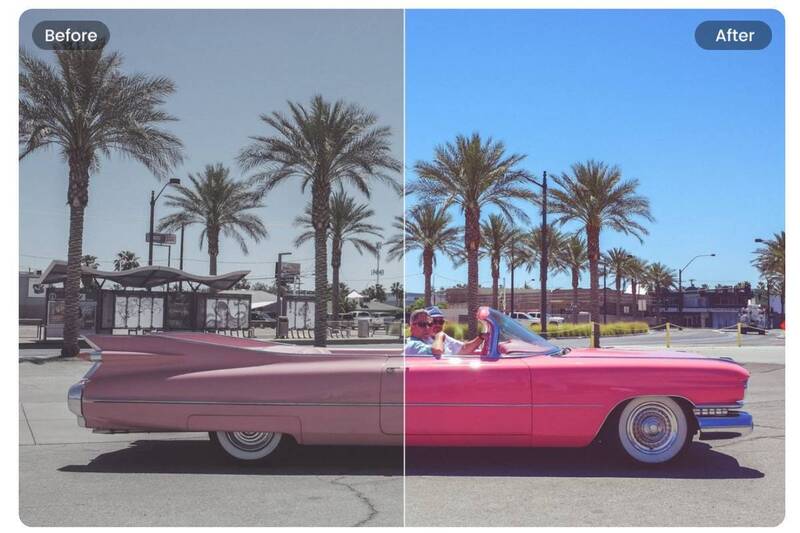
Ease of Use
Look for a colorization tool or app that is user-friendly and intuitive. You don’t want to spend hours figuring out complicated features and controls. Opt for something with a simple interface and clear instructions, making the colorization process smooth and enjoyable.
Accuracy and Quality of Colorization
The primary goal of colorizing old photos is to accurately recreate past colors while maintaining the original image’s quality and integrity. Choose a tool or app with precise color selection and blending capabilities, ensuring realistic and high-quality results. Look for user reviews or sample images to gauge the accuracy of the colorization process.
Cost and Accessibility
Consider your budget and the app’s accessibility in colorizing old photos. Some options may require a one-time purchase, while others may offer subscription-based plans or free versions with limited features. Evaluate the cost against the features offered and determine which option meets your needs and budget most. Additionally, check the compatibility of the tool or app with your device to ensure seamless access and usability.
By carefully considering these factors, you can confidently choose the right colorization tool or app to bring your old photos to vibrant life. Whether you’re a beginner or an experienced user, finding the perfect tool will make the colorization process enjoyable and rewarding, preserving cherished memories for years to come.
Part IV: Tips and Tricks for Successful Colorization
Adding colors to black-and-white photos is a creative process that requires attention to detail and a basic understanding of color theory. Follow these tips and tricks to achieve optimal results.
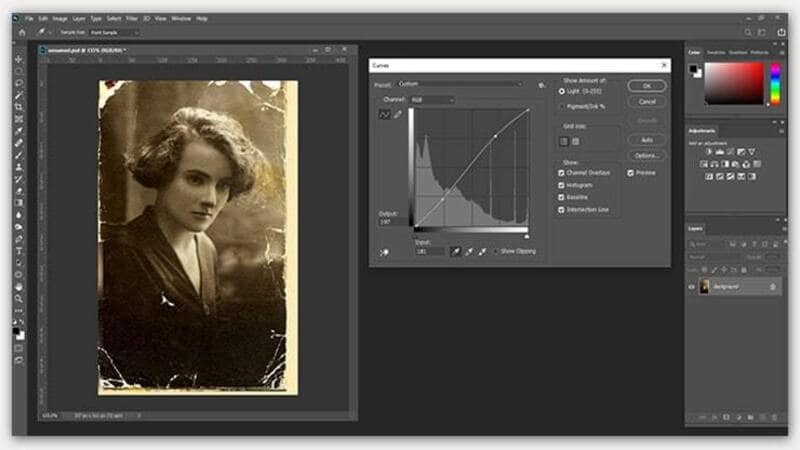
Preparing the Old Photos
Before colorizing, ensure your old photos are in the best possible condition. Clean them gently to remove dust and debris, then scan them at a high resolution for better clarity. Consider enhancing the image quality by adjusting contrast, brightness, and sharpness to improve the overall appearance of the photo.
Understanding Color Theory
Take time to familiarize yourself with basic color theory principles. Choose realistic colors that harmonize well with the photo’s subject matter. Consider lighting, time period, and environment when selecting colors and tones for a natural-looking result.
Fine-Tuning and Adjusting Colors
Once you’ve applied the initial colors, fine-tune and adjust them as needed for optimal results. Pay attention to details such as skin tones, shadows, and highlights, ensuring they blend seamlessly with the rest of the image. Experiment with different color palettes and techniques to achieve the desired look.
Preserving Original Integrity
While recoloring old photos, it’s essential to preserve the original integrity and character of the image. Avoid over-saturating or altering the photo beyond recognition. Instead, aim to enhance and complement the existing features while staying true to the essence of the original image.
Following these tips and tricks, you can successfully colorize old photos and bring them to vibrant life while preserving their timeless charm and nostalgia. Experiment, have fun, and enjoy reviving cherished memories in full color.
Conclusion
Colorizing old photos is not just about adding color. It’s about preserving cherished memories and bringing history to life. By embracing colorization techniques and tools, you can ensure that precious moments from the past are not forgotten.
Whether through manual or digital methods, the art of colorization allows you to connect with your heritage meaningfully. So, don’t hesitate to explore this creative process and embark on a journey of rediscovery. Continue to celebrate the beauty of your past and keep your memories alive for generations to come.




